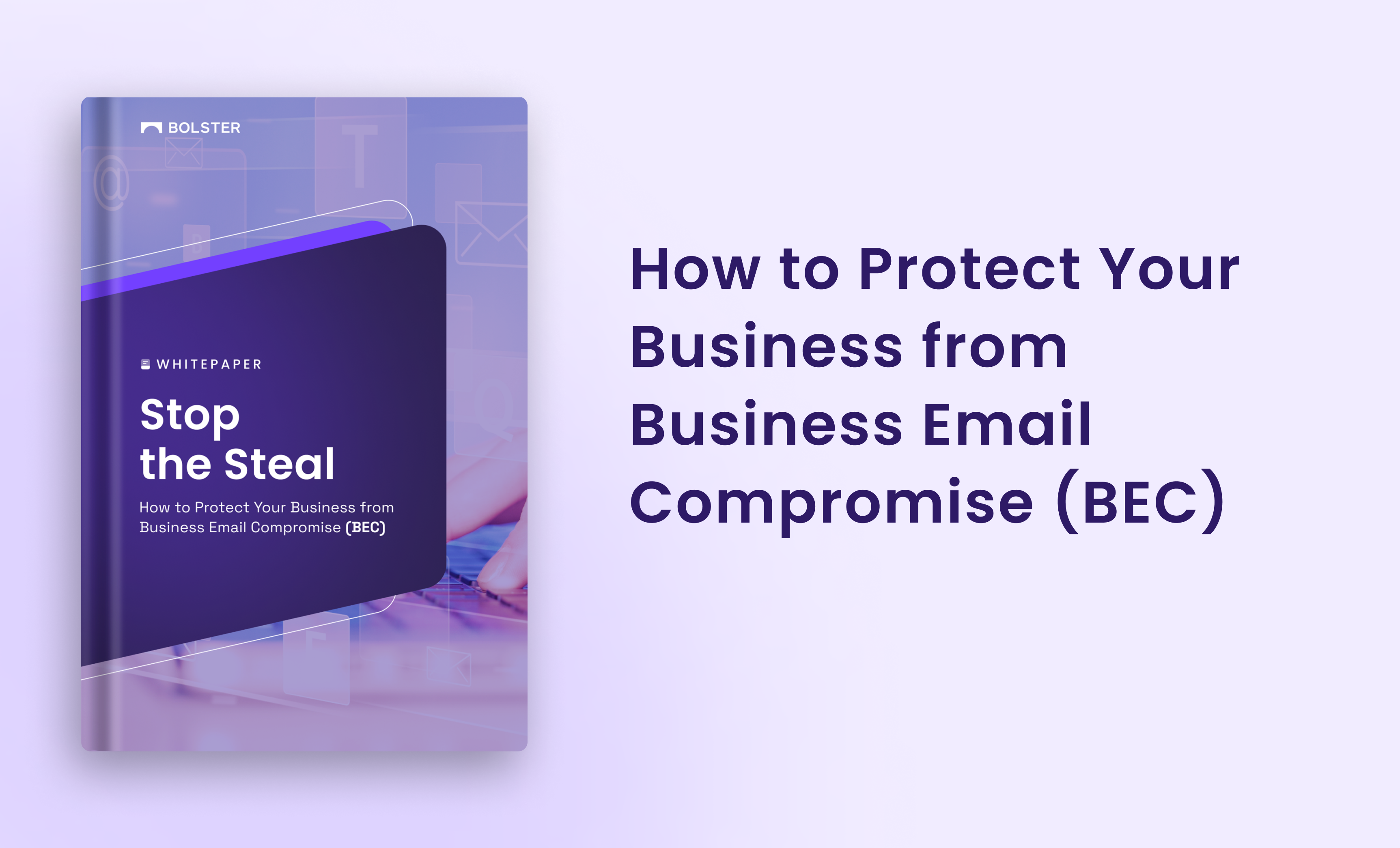Business is one great balancing act: on the one hand, you strive to derive the maximum benefit from the available opportunities, and on the other hand, you must protect yourself from potential threats.
The gray market, aka the shadow market or parallel market, is one type of market risk you must proactively guard against.
In this article, we will first define the gray market. Then we will examine its impact on business. Finally, we will look at concrete steps you can take to protect your business from this menace.
What is the Gray Market?
As the name implies, the gray market lies somewhere between the white and the black markets. To better understand it, let’s first look at the white and the black markets.
What is the white market?
The white market is the legal and authorized market for goods and services.
For example, consider a luxury watch designed for sale in a specific country. Because of pricing dynamics, the manufacturer sets a specific watch price for that particular country. When this luxury watch is sold through authorized dealers in its designated market at the official price, this is an example of white market activity.
What is the black market?
The black market is the illegal market for goods and services.
Continuing with the luxury watch example, suppose that an illegitimate business manufactures and sells fake or counterfeit copies of this watch. This is an example of black market activity.
Gray market vs. black market
The gray market and the black market are similar in that they both involve the sale of goods and services outside authorized channels.
However, there are some differences between the two:
- Legality: The gray market deals in authentic goods through unauthorized dealers, whereas the black market deals in illegal or prohibited goods.
- Source of goods: Gray market products come from authorized dealers but are sold through unauthorized sellers, whereas black market products are often sourced through illegal means such as smuggling, theft, or counterfeiting.
- Pricing: The price of gray market products is often lower than the official price, whereas the pricing of black market products can be higher than the official price.
- Social perception: Gray market activities are generally perceived as above the board, whereas black market activities are generally perceived as illegal and unacceptable.
Is the gray market illegal?
Gray market activities are not illegal in every case, especially when they don’t infringe on intellectual property rights or violate specific laws.
However, in some cases, gray market sales can breach contractual obligations, violate trademark laws, or infringe upon authorized distribution agreements. In such cases, the genuine company or brand can take legal action against those dealing in gray market goods.
What are Examples of Gray Market Trading?
Here are some examples of gray market trading:
- Textbooks: College textbooks offered at lower prices in undeveloped countries sold in developed countries below the official price.
- Consumer electronics: An iPhone 14 with a traditional SIM slot sold in the US, where the official version now only supports eSIM technology.
- Expiring goods: Goods approaching expiry sold at discounted prices through unauthorized channels rather than being discarded.
- Gray market websites: Online platforms or websites that participate in the sale of goods through unofficial channels.
What is the Impact of the Gray Market on Business?
The gray market operates outside authorized channels, creating several challenges for legitimate businesses.
Reduced revenue
Gray market sellers often offer products at lower prices. As a result, revenue through authorized channels reduces, leading to reduced profitability.
And it doesn’t end there. Businesses face increased competition and price pressure from gray markets and have to continuously adjust their pricing strategies to remain competitive.
Undermined channel relationships
Business partners involved in authorized distribution channels make significant investments in training personnel, maintaining inventory, and providing customer support.
Diversion of sales to unauthorized sellers affects the revenue through authorized distribution channels and affects business viability. This can lead to the erosion of trust and conflict between businesses and their authorized partners, which can have a significant impact on future collaboration and distribution networks.
Market distortion
The gray market introduces unfair competition and disrupts supply and demand. Lower-price products affect brands’ ability to maintain a controlled pricing structure and market positioning.
Reputation damage
Unauthorized dealers mimicking legitimate brands cannot offer product warranties, and neither can they provide quality customer support. Therefore, dissatisfied customers who have a negative experience after buying from such dealers can develop a bad opinion of the legitimate product or brand. This is especially true if customers unknowingly purchase products from unauthorized sources.
Not only does this affect customer loyalty, but it also diminishes brand perception and has a negative impact on brand reputation. The overall effect of customer dissatisfaction is a reduction in current and future revenue.
Costly and time-consuming legal proceedings
Businesses engaged in legal proceedings against those involved in infringing intellectual property rights, trademarks, or copyright, have to invest significant resources to protect their rights and brand.
These legal proceedings can be extremely time-consuming and costly.
5 Ways to Protect Your Business
Now that we have examined the business impacts of the gray market, let’s look at concrete steps you can take to protect your business from experience gray market fraud.
1) Strengthen distribution channels
One of the most important steps to protect yourself is to build strong relationships with your authorized distributors and establish clear contractual agreements. Maintaining regular communication with partners is essential for ensuring transparency and monitoring distribution networks effectively.
2) Implement price monitoring and control
You must also regularly monitor the market to detect unauthorized sellers offering products at lower prices. Implementing pricing policies and strategies for maintaining control over pricing and preventing undercutting by unauthorized sellers can go a long way toward minimizing the negative impact of gray market trading.
3) Educate customers and business partners
You must also educate your customers and business partners about the numerous disadvantages of purchasing gray market goods.
Purchasing from authorized channels offers several advantages such as product warranty and after-sales support. The gray market simply cannot match these advantages in the long term.
4) Maintain strong customer relationships
You can build strong relationships with your customers by providing superior customer service, loyalty programs, and value-added services. An enhanced customer experience will not only increase customer loyalty, it will also go a long way towards discouraging customers from seeking inferior alternatives.
5) Monitor online platforms and marketplaces
With substantial gray market activity taking place online, you must also use web scanning technology to monitor e-commerce platforms, social media, and online marketplaces to identify unauthorized sellers. After identifying a gray market seller, you can take appropriate action to report and remove listings that violate distribution agreements.
Move Forward with a Proactive Approach to Gray Market Defense
The gray market presents a strong challenge to businesses that make significant investments in authentic product design, development, and delivery. Not only does it negatively affect businesses, but it is also detrimental to customers who might end up spending their hard-earned money on products that don’t provide good value.
While you can’t eliminate the gray market, there are steps you can take to minimize the gray market’s impact and protect your business.
You can use state-of-the-art internet scanning technology from Bolster to scan the dark web and conduct social media and app store scans across the internet to check for brand misuse (brand impersonation).
Bolster’s full suite of AI-based domain monitoring tools offers
- Ultra-fast AI-driven detection of look-alike & typosquat domains, fake sites, phishing & scam activity.
- AI plus enriched threat intel to continuously monitor & assess threat landscapes.
- Domain security scanner with capabilities for zero-touch takedowns of malicious sites globally.
Take advantage of our free demos to assess the efficacy of our product and find the optimal solution for your business.









